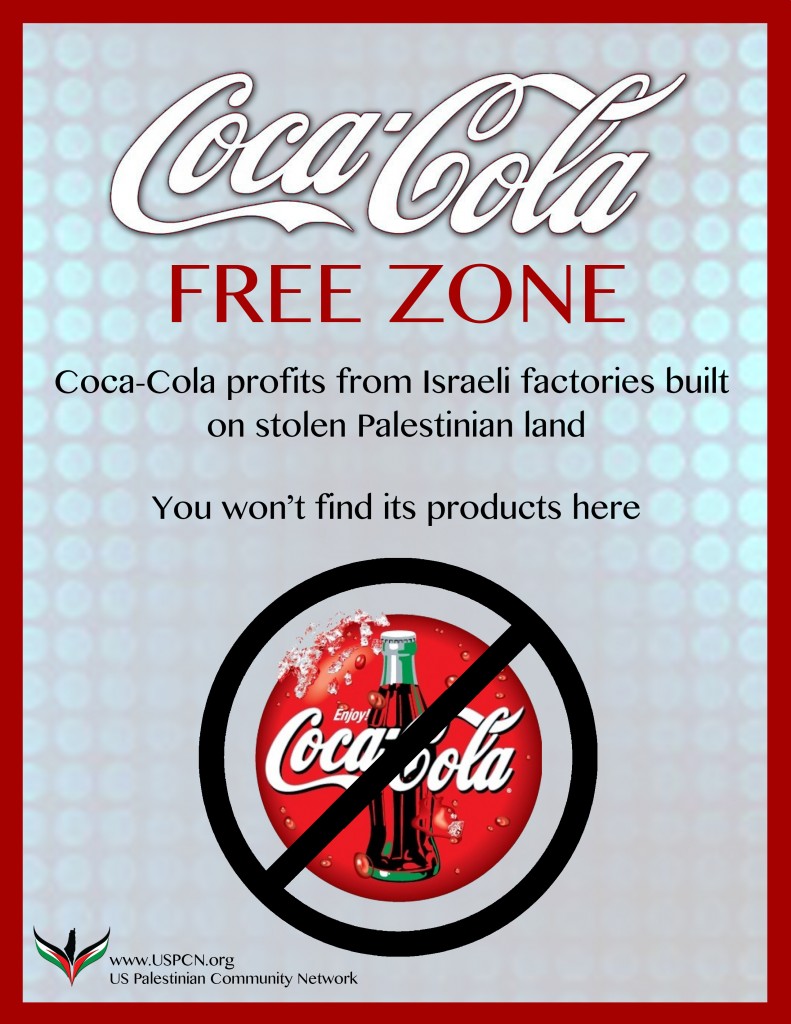On this day, 30 years ago, the soil of Lebanon was quenched with the blood of thousands of Palestinians and Lebanese. It is said that chrysanthemums burst out of the earth at the place where martyrs’ blood flows. In the year 2012, however, no chrysanthemums are blooming in Sabra and Shatila. This bloody crime on the hands of the Israeli state, its US funder, its Lebanese proxy forces and the complicit Arab regimes that created the conditions for the massacre of 1982, is carefully skirted, quietly spun and wrapped in a cloak of silence. We are asked to forget our people or confuse the events surrounding their sudden disappearance; we are invited to debate these matters as a subject for narratives, disputes and counter narratives.
Palestinians were in Sabra and Shatila 30 years ago – and are in Shatila, in refugee camps throughout the Arab world, and around the world in exile and diaspora today – after being made refugees and forced from their homeland, Palestine, in 1948 in the Nakba which established the Zionist state through the ethnic cleansing of the Palestinian people. Today, there are over 6 million Palestinian refugees. All of them have been denied their right to return to their homes and lands for over 64 years now, and yet have continued to struggle. The refugee camps have been incubators of Palestinian resistance, the core of our liberation movements, and a compass for our struggle – pointing towards liberation and towards return. Time and again, they have been subject to massacre, and time and again, they have remained the center of steadfastness and resistance.
Perhaps the chrysanthemums did not grow because they did not agree on the number of deaths amid the “conflicting” narratives and the exhumed mass graves that were quickly bulldozed over. Snipers were shooting at every possible witness who attempted to walk the streets or tried to search for a bottle of milk for a crying baby. Initial reports of the Lebanese Red Cross and Beirut hospitals tallied the death toll at 8,000. The US and European media report that the toll was no greater than 2,000 to 2,400. Israel seeks to evade its responsibility, saying that Lebanese forces committed the crimes. All in all about 4,500 Palestinian men, women, children and elderly were never accounted for after the records went missing. And all the while, US and Israeli officials obfuscated their role in the horror.
The Israeli invasion of Lebanon in 1982 was meant to annihilate the Palestinian resistance movement once and for all. Led by Ariel Sharon as the minister of defense, Israel pounded Lebanon by land, sea and air murdering 40,000 people, the vast majority civilians, in a matter of few months. Like the previous Israeli massacres of Palestinians and Lebanese, the invasion was meant to psychologically defeat the will of a population to resist.
After the Palestine Liberation Organization agreed to a ceasefire and withdrawal of all armed fighters from Beirut, Israeli forces laid siege to Shatilla camp and the adjacent Sabra neighbourhood of Beirut and took over neighboring tall buildings as watchtowers, establishing checkpoints at all entrances and exits. On the morning of September 15th, 1982, a strict curfew was imposed and Israeli forces opened fire on all those who attempted to leave the camp. After coordination between military commanders and political leaders such as Sharon, Eitan, Habiqa, Dawri, Gemayel and Afram, Israeli forces shelled Shatila camp before their Lebanese proxies stormed the camps on the eve of September 16th, 1982 – as Israeli forces lit the sky with flares in order to aid their vision – and commenced brutal killing, rape and torture that lasted for 36 hours.
Men were lined up in front of walls and executed, then partially buried by bulldozers in an attempt to cover up the aftermath. Women shielding their children from the rain of bullets were found curled around the corpses of their offspring, sometimes with limbs protruding from the rubble.
Lebanese who heard the shooting and tried to enter the camp were militarily intercepted by the Israeli forces and in some cases murdered on site. Those who fled the blood bath were also intercepted by Israeli soldiers pleading ignorance. An amateur videographer documented an Israeli soldier telling a Palestinian family that he heard of no shooting but if the family would not return, they would start hearing it. He then proceeded to shoot close to their feet. This family returned to certain death.
Like Deir Yassin, Houla, Qibya, Bint Jbail, Nahr Al Bared, Jenin and Qana, Sabra and Shatilla was meant to hurt, demoralize and defeat. These events did not simply occur between a victimizer and a victim, nor were they an internal Arab matter. Sabra and Shatila is another of the long line of massacres committed by a pillaging occupier, an invader, a colonialist imposition against an indigenous population determined to resist, and who fought back against that invading force.
While Israel was attempting to expel resistance from the countries surrounding Palestine with military might, treaties and US-supported dictatorships, the fight was taken to the heart of Palestine. The invasion was followed by two uprisings in the West Bank and Gaza and today we witness a rising youth movement in the land occupied in 1948 confronting Zionist racism and genocidal practices. And all along, Palestinian refugees – in the camps in Palestine and the Arab world, in exile and diaspora everywhere – have kept their eyes and compass focused on return to Palestine and the full achievement of their liberation.
The Palestinian people continue to stand steadfast and see the accumulation of their continued resistance is isolating Israel internationally. A new global consensus is emerging calling for boycott, divestment and sanctions on the criminal state. Gaza may be under siege today, but the Palestinian people know that resilience will ultimately mean victory. This assertion is not a dream but it is built by the inspiration proven by the twice-liberated Southern Lebanon, the defeat of apartheid in South Africa, the wave of indigenous rule sweeping Latin America, the decolonization of the twentieth century and the brewing Arab revolutions of the twenty-first. We shall never forget nor forgive. The chrysanthemums shall return, as shall Palestine’s refugees, and a life of justice with return to Palestine is neither far nor near, but as Naji Al Ali stated, it is measured by the distance of the resistance.
The US Palestinian Community Network urges all chapters, members, supporters and our Palestinian and Arab communities and solidarity allies to act throughout September, to take this 30th anniversary and hold protests, educational events, meetings, and demonstrations about Palestinian refugees’ right to return.
These actions will remember the massacres at Sabra and Shatila – and the long history of massacres against the Palestinian people from 1948 to 2012 – and continue to inspire action to achieve justice for Palestine. Please contact us at [email protected] to inform USPCN about your right of return actions, meetings and demonstrations.
![30th Anniversary of the Sabra and Shatilla Masscres: A Day of Infamy for Israel and its Supporters On this day, 30 years ago, the soil of Lebanon was quenched with the blood of thousands of Palestinians and Lebanese. It is said that chrysanthemums burst out of the […]](https://uspcn.ipower.com/wp/wp/wp-content/uploads/2012/09/stopnew.gif)


